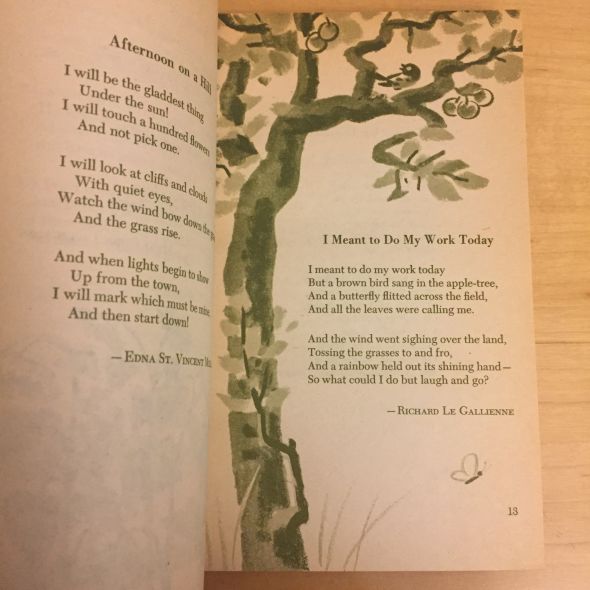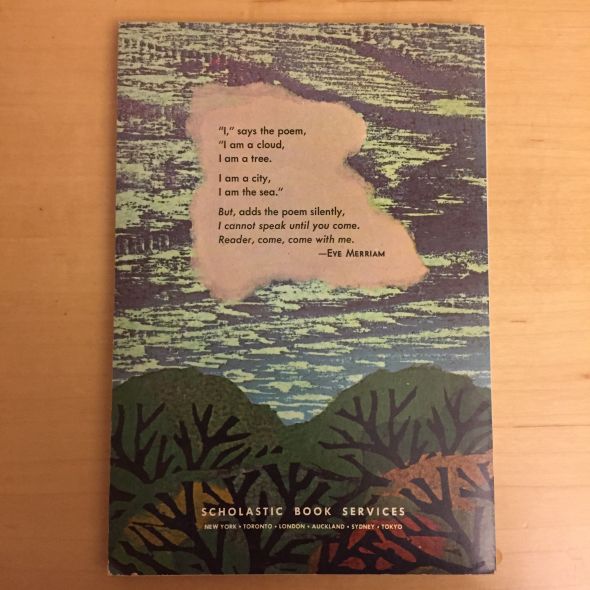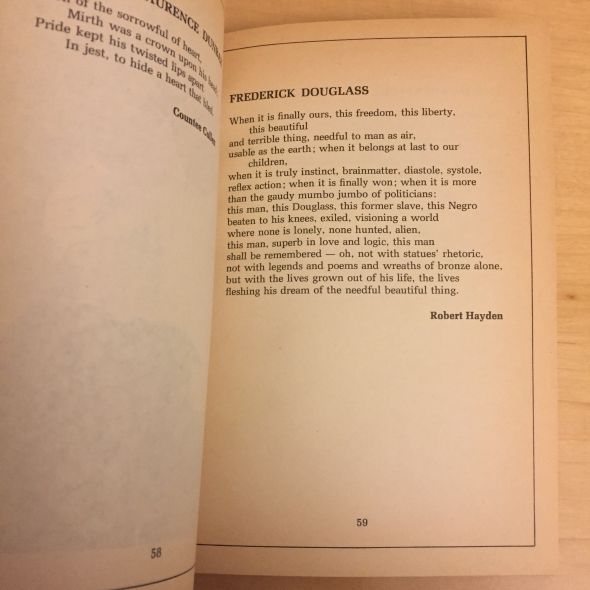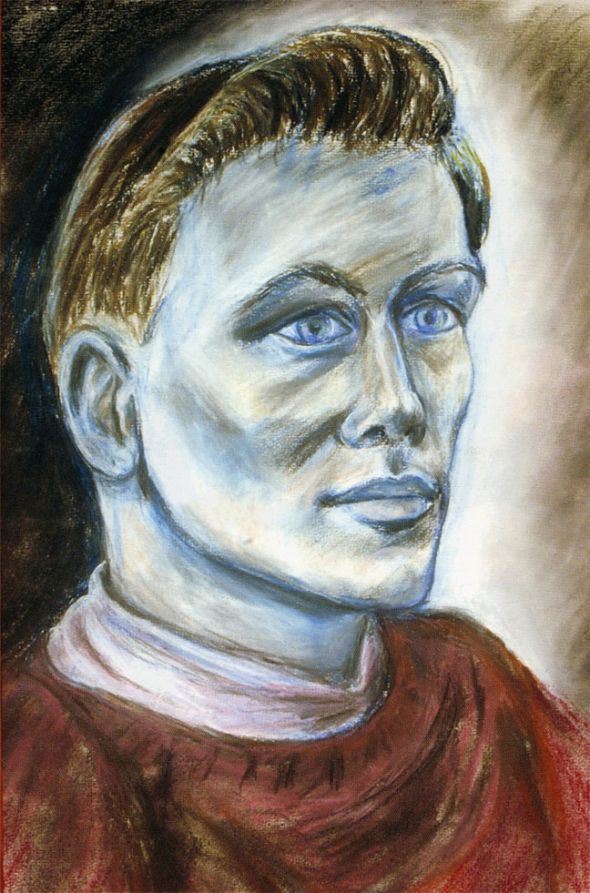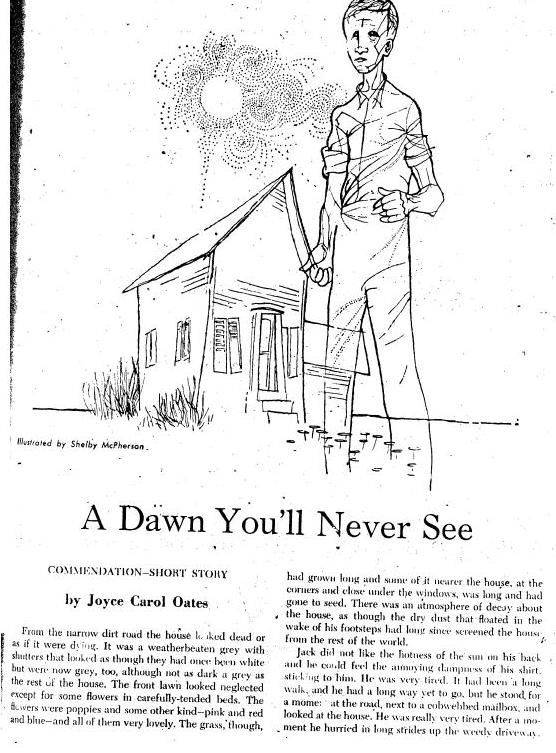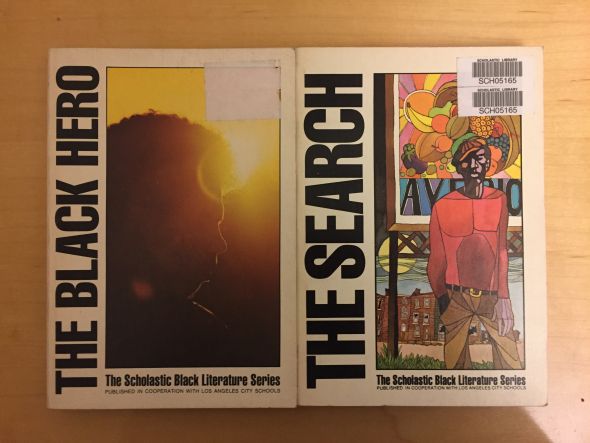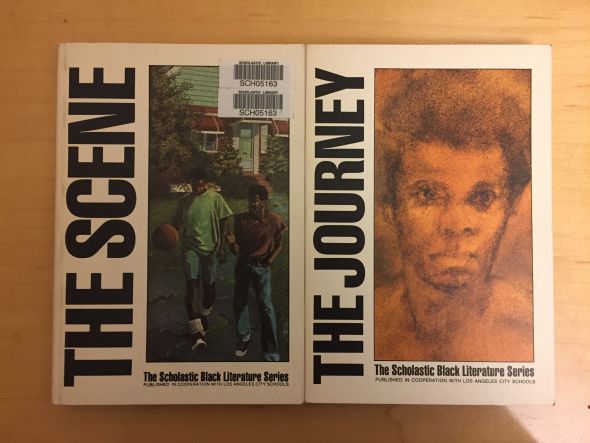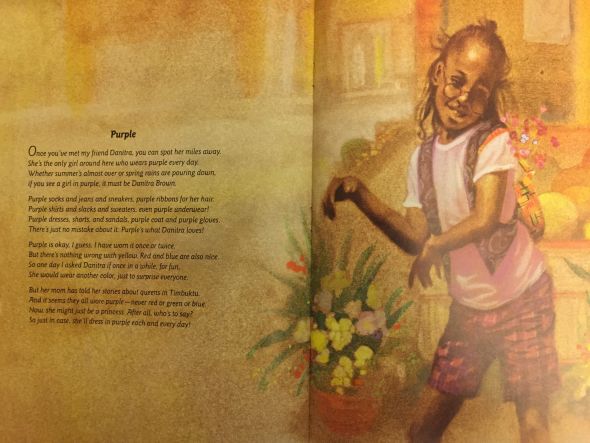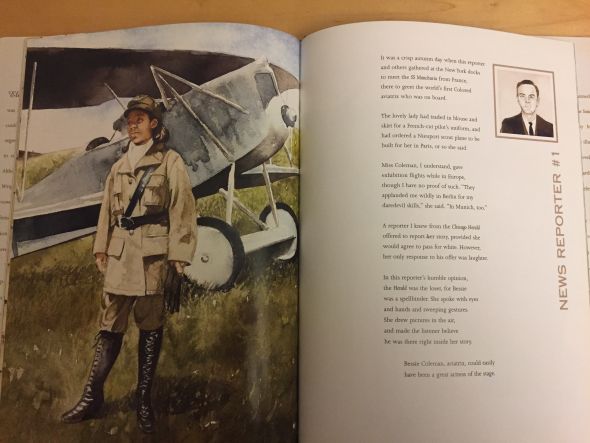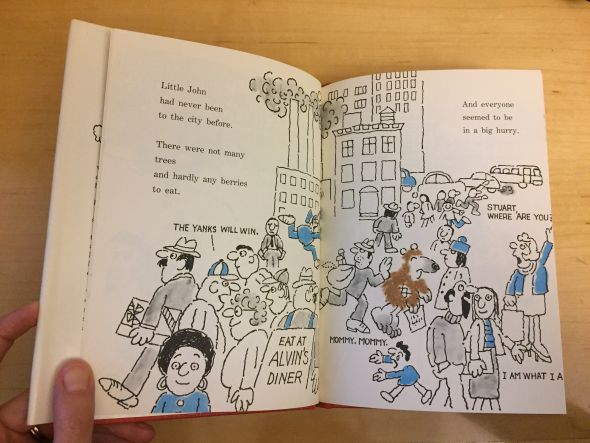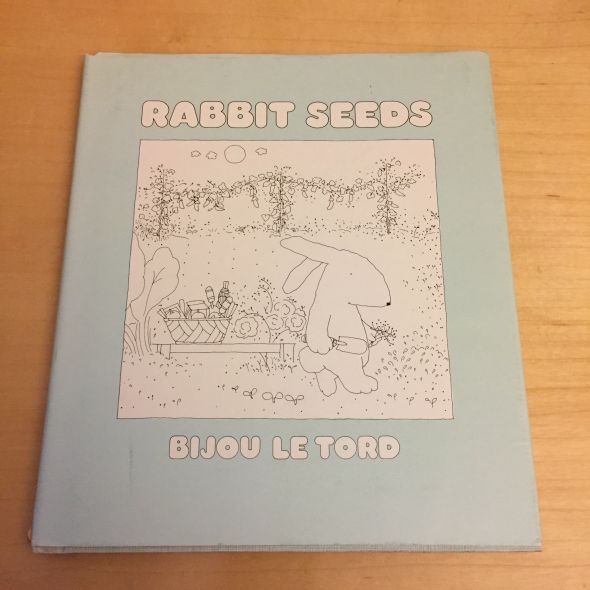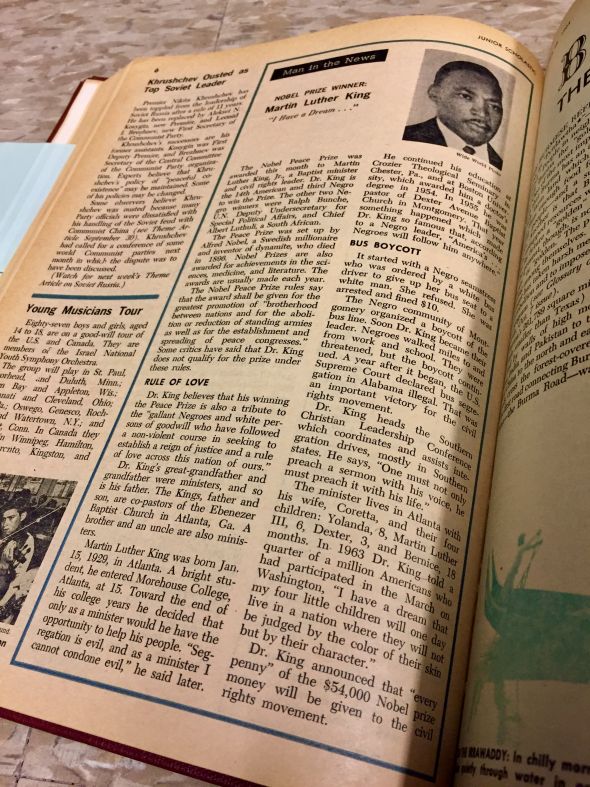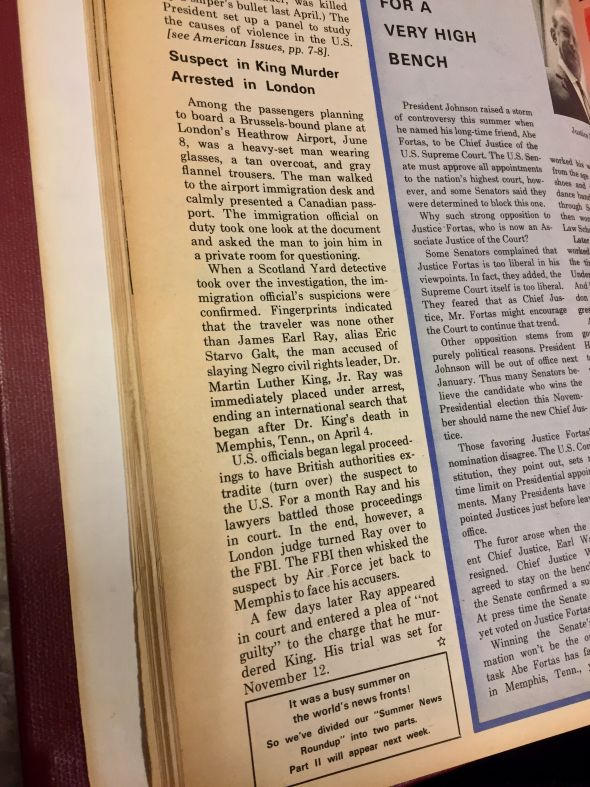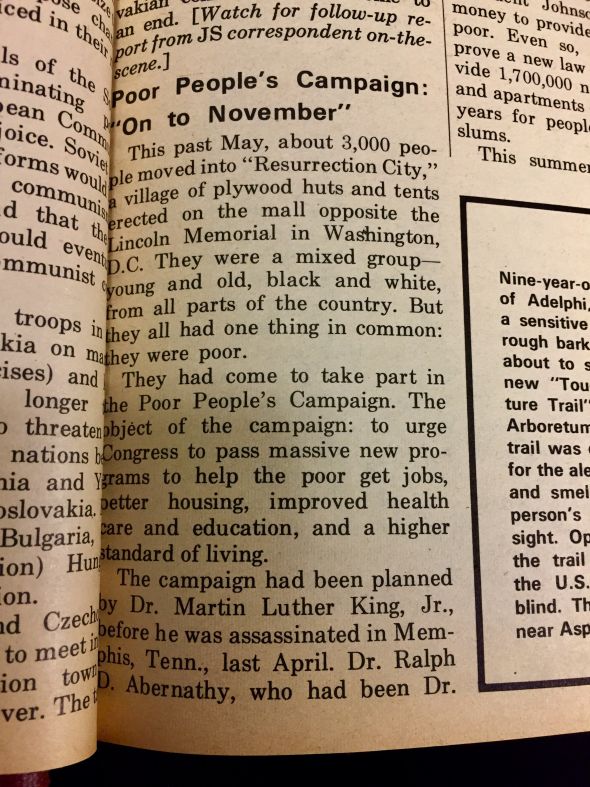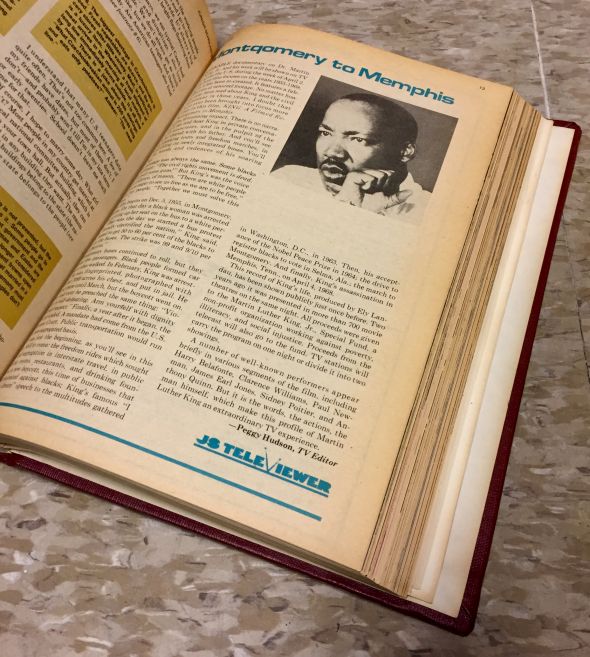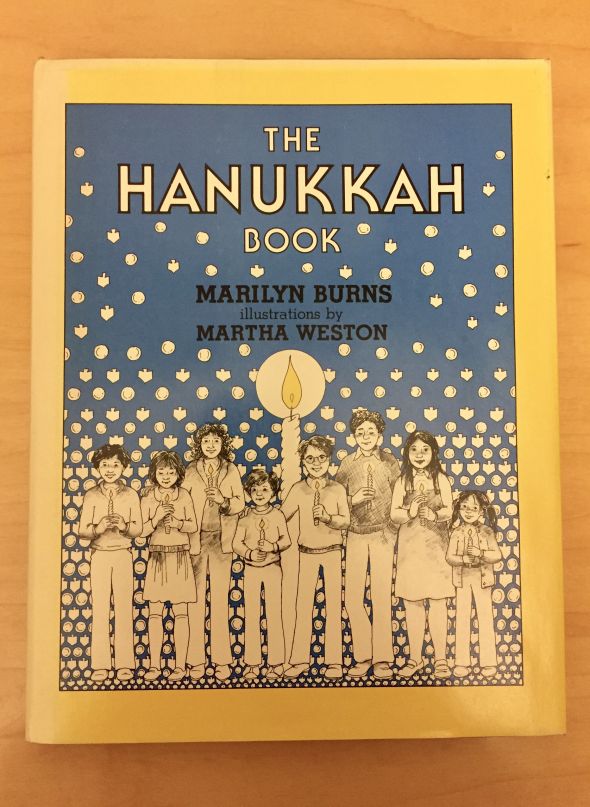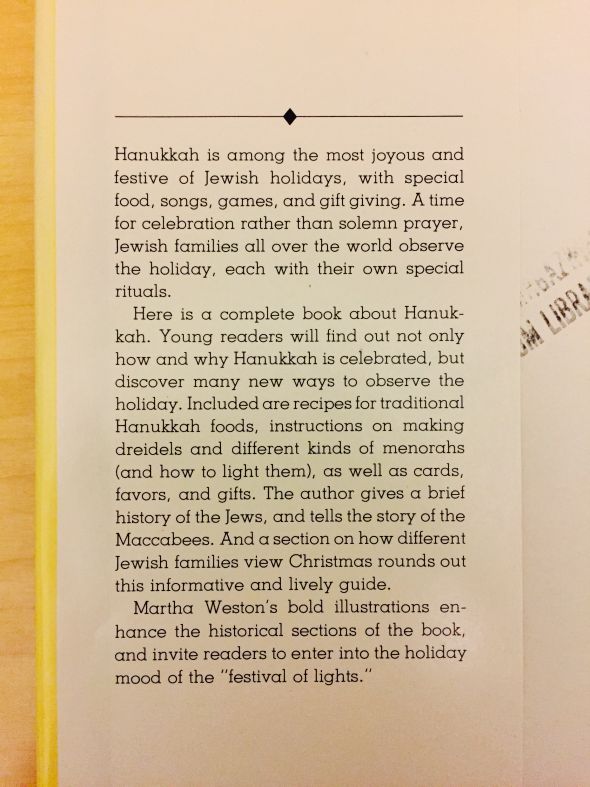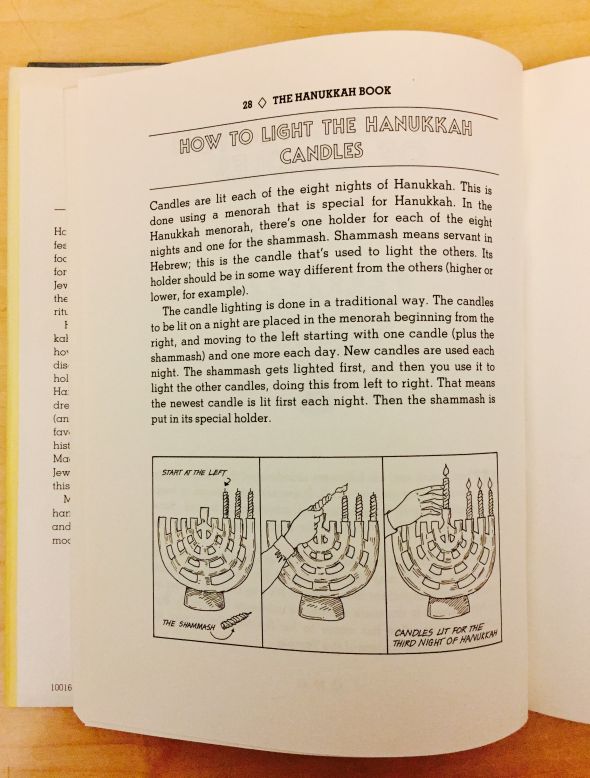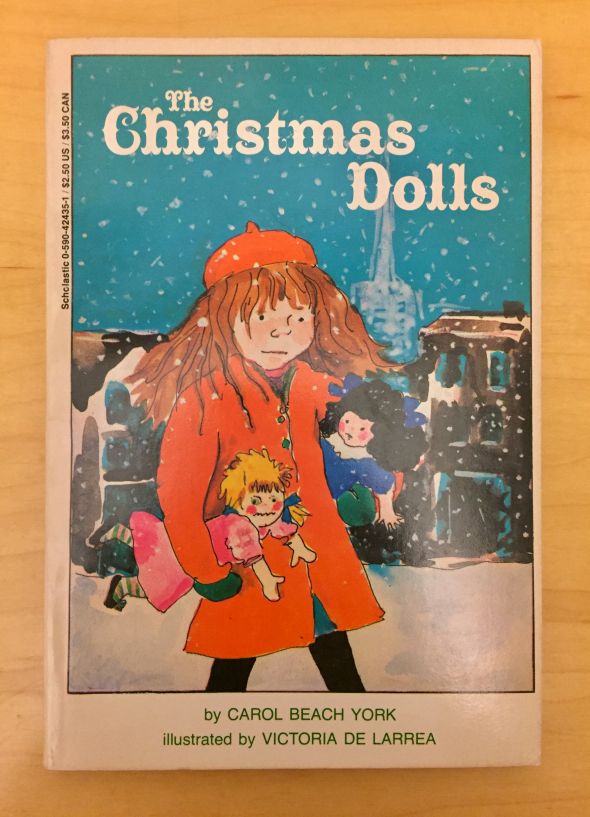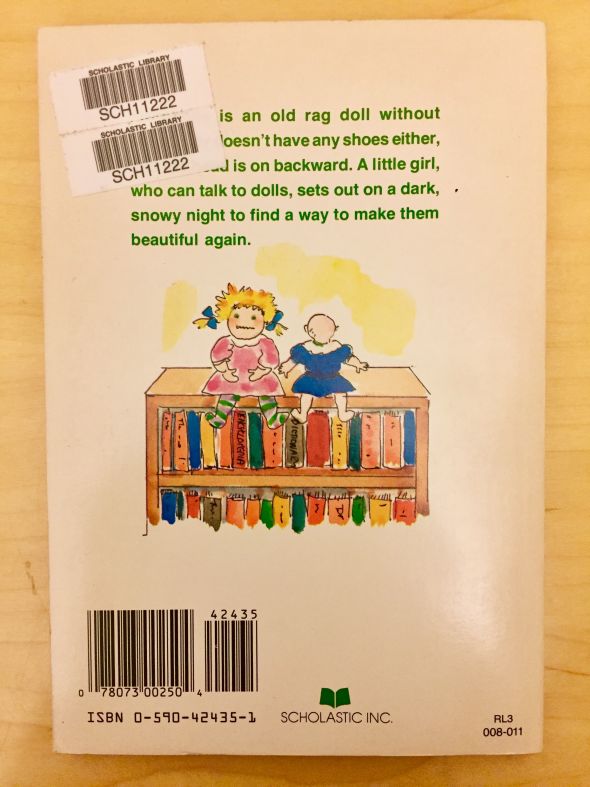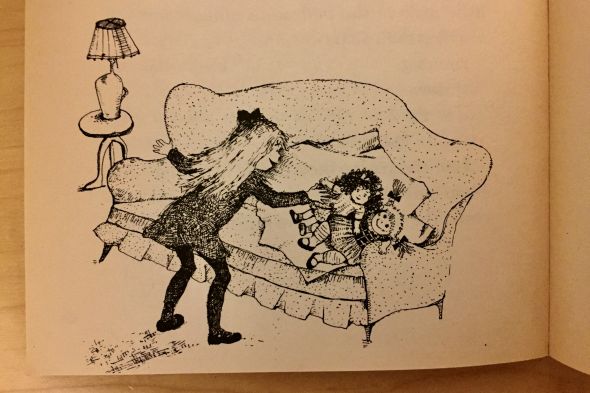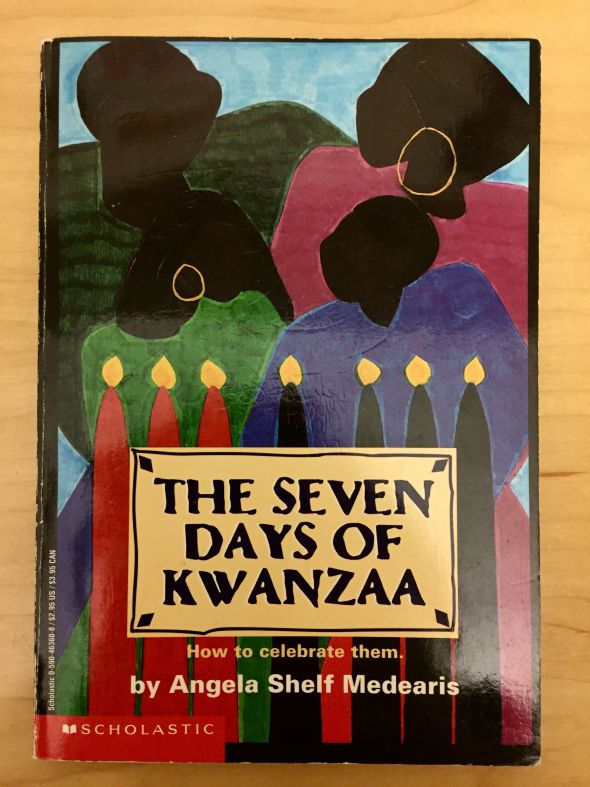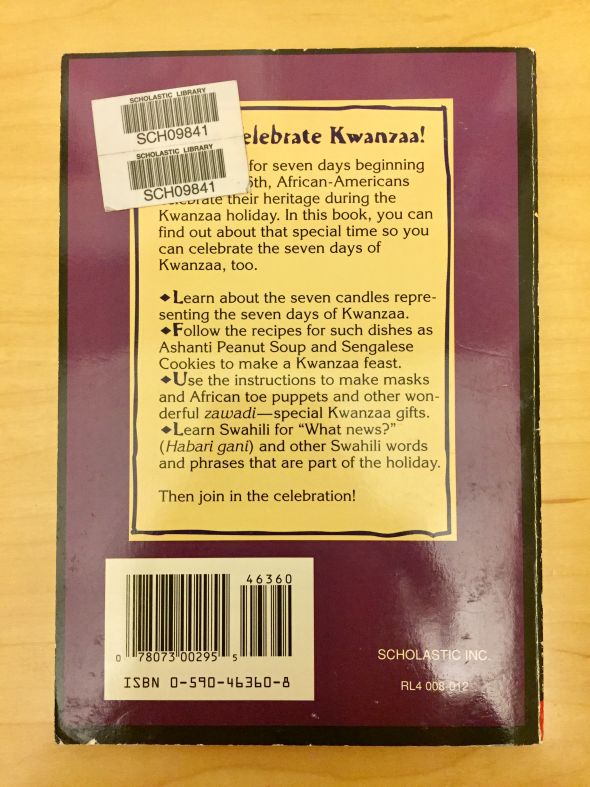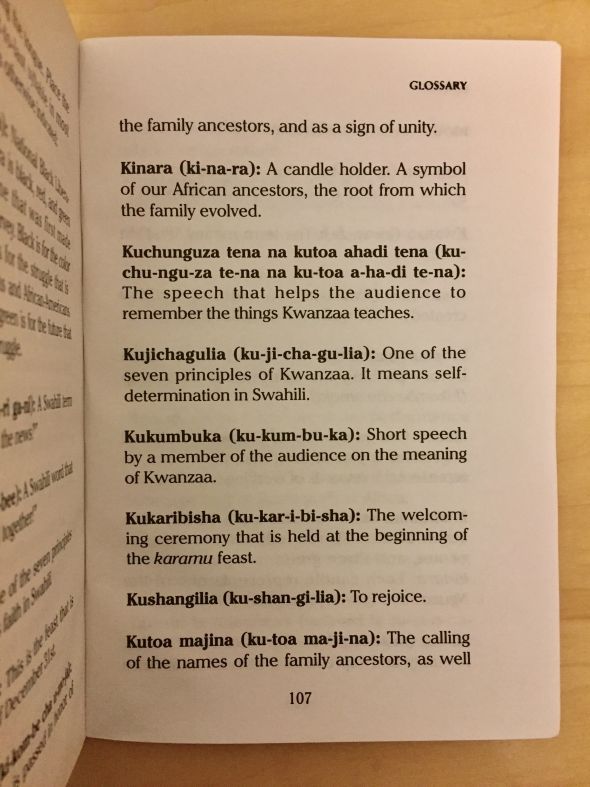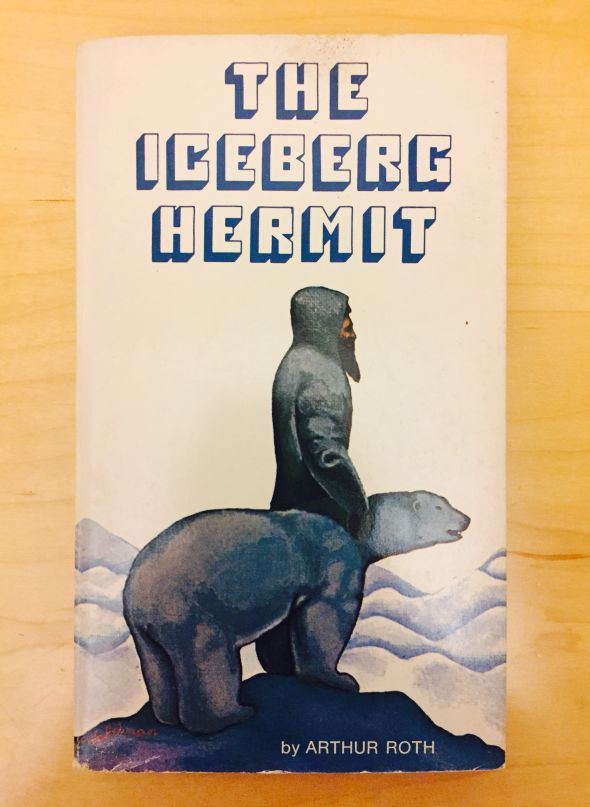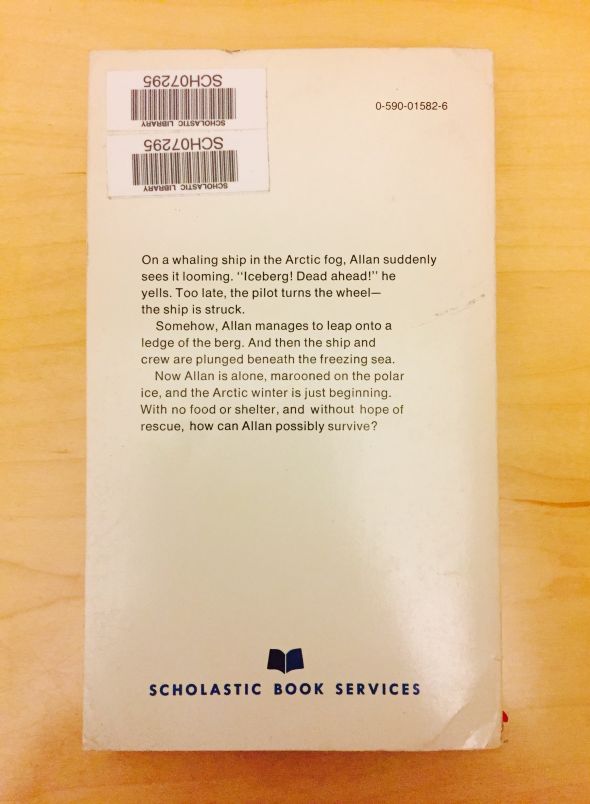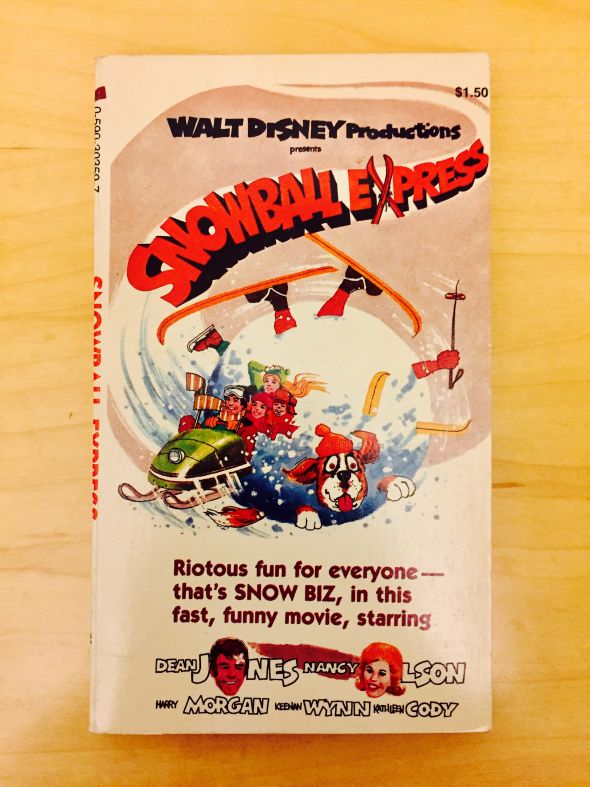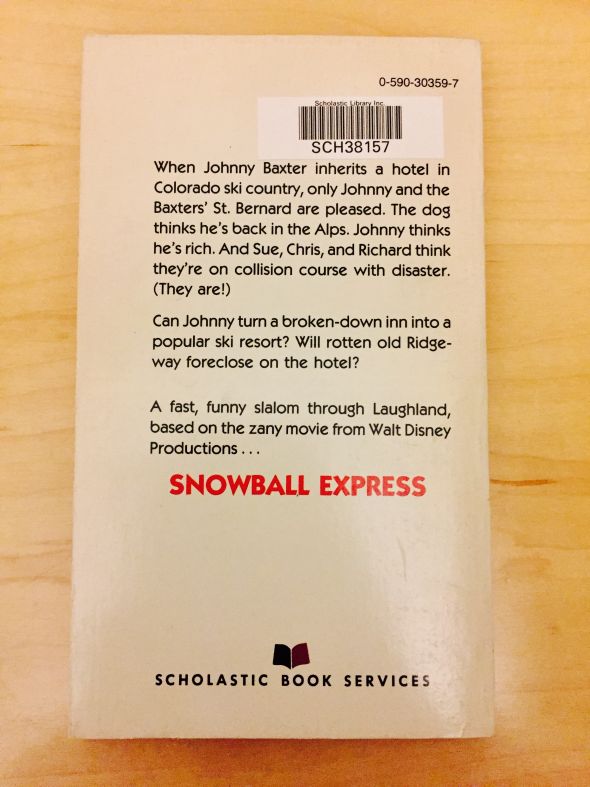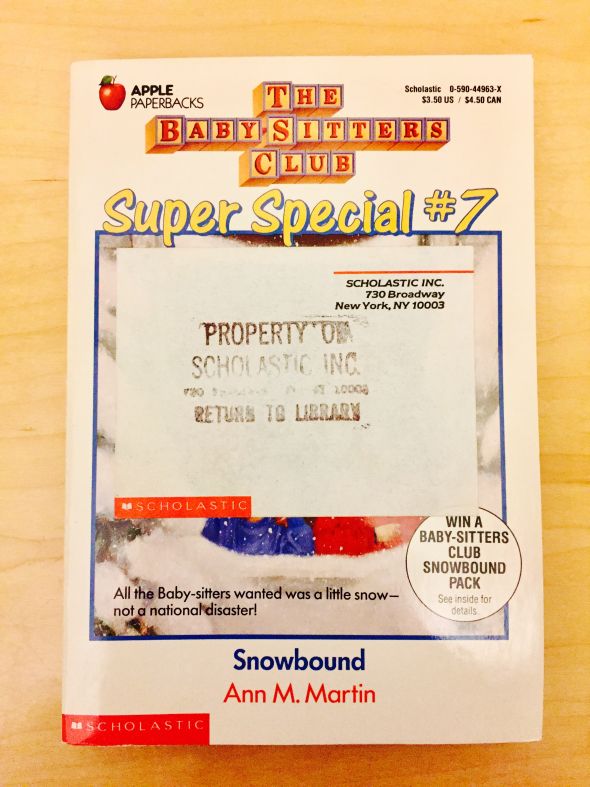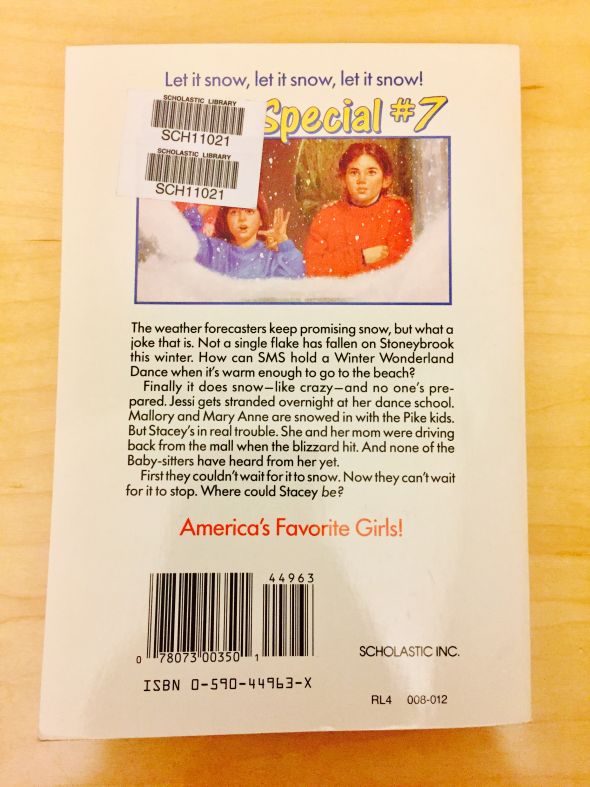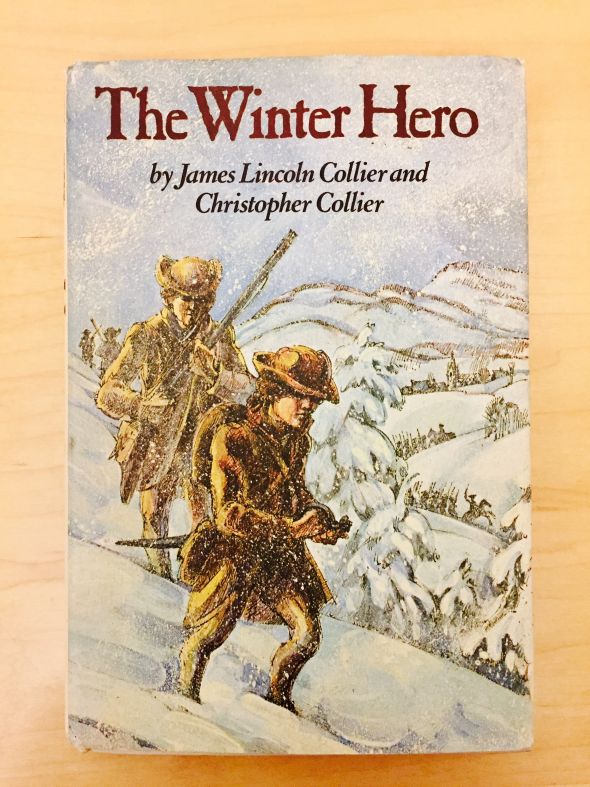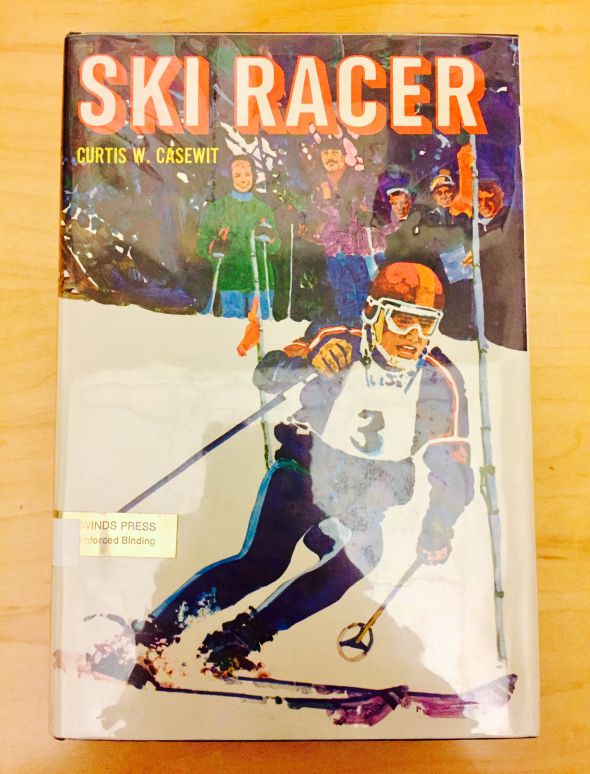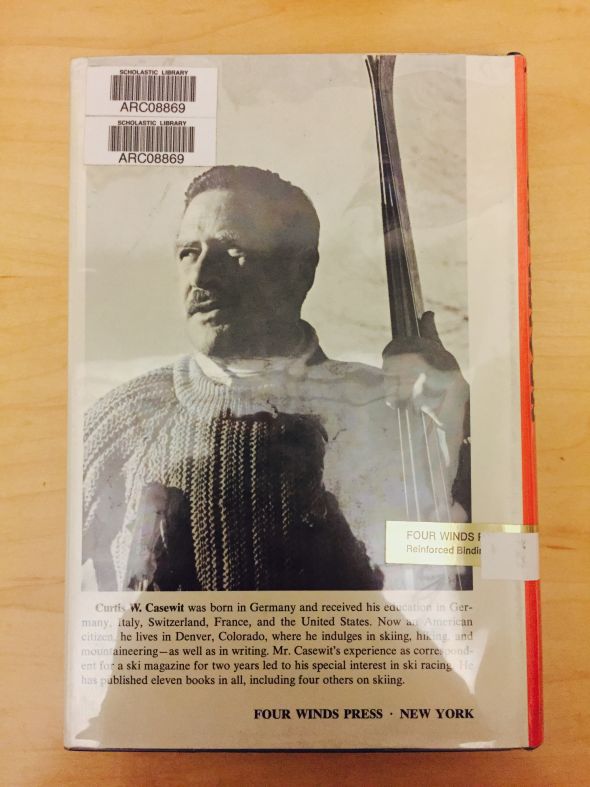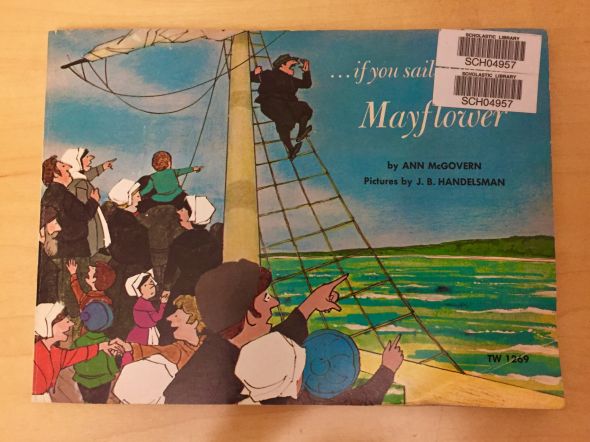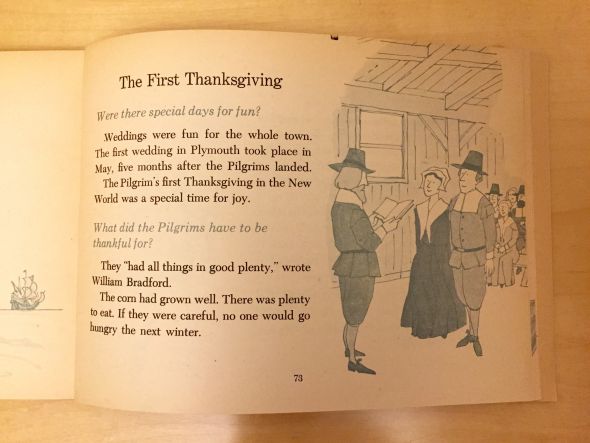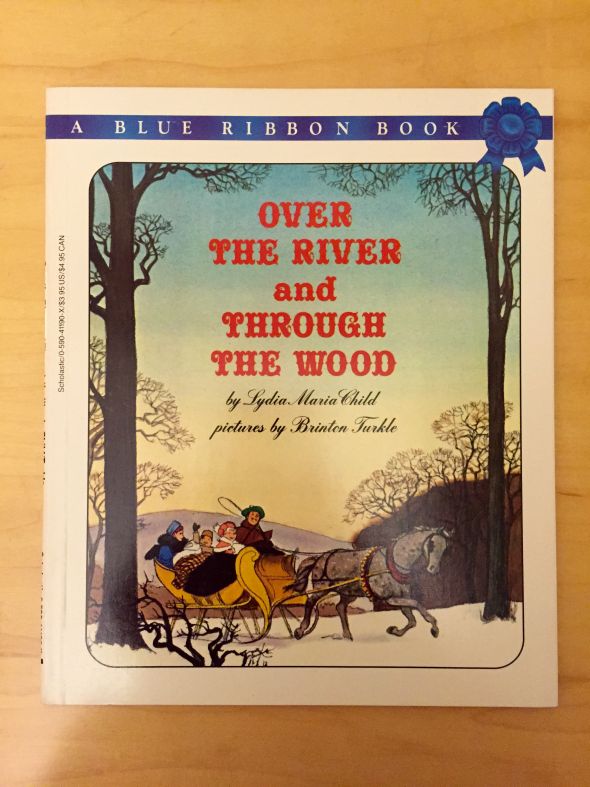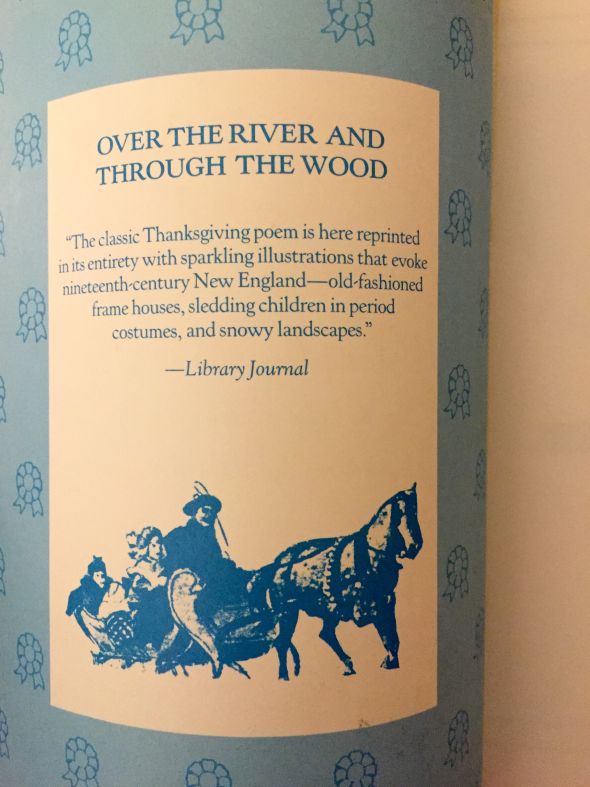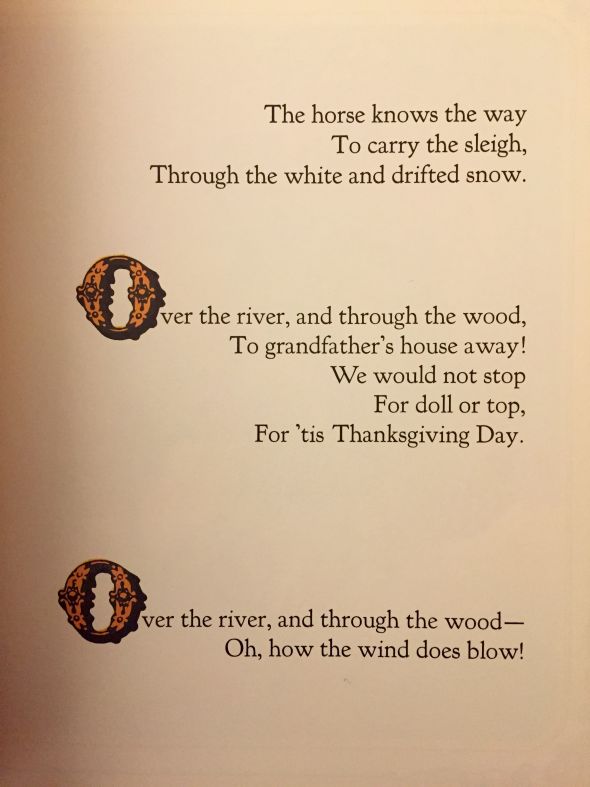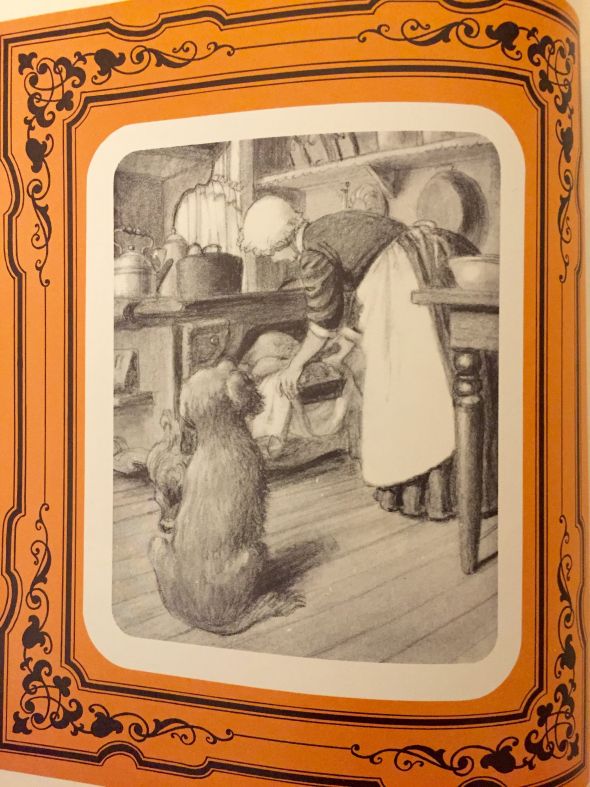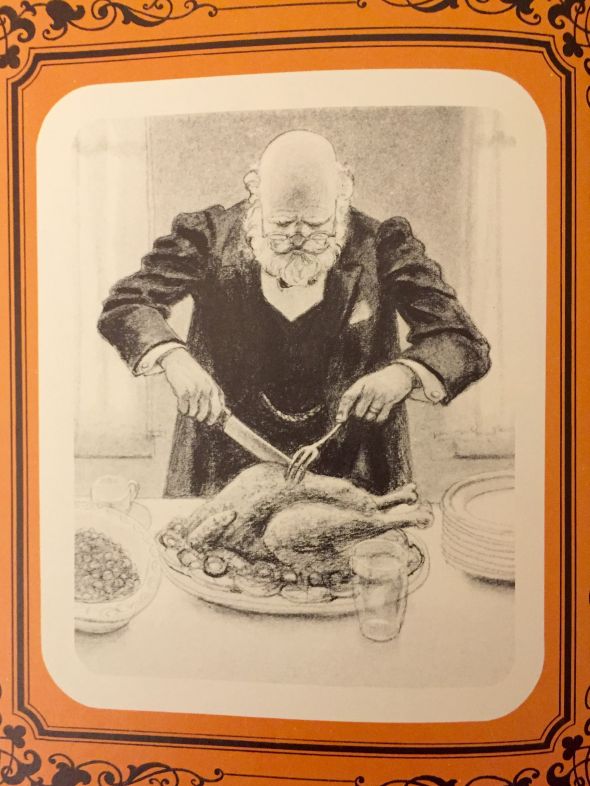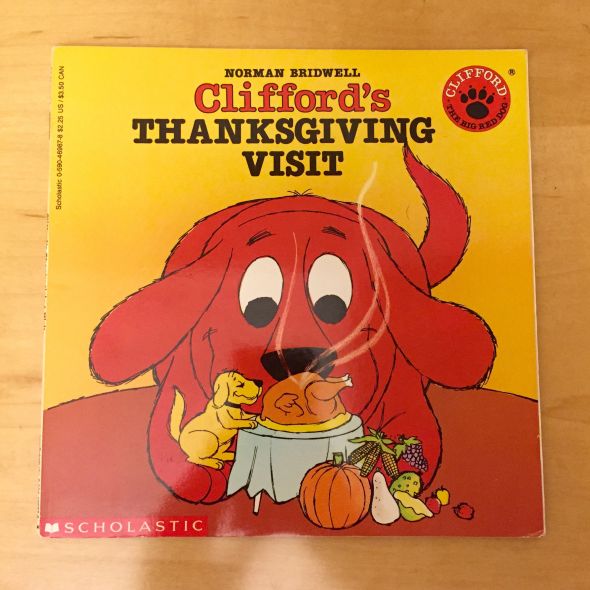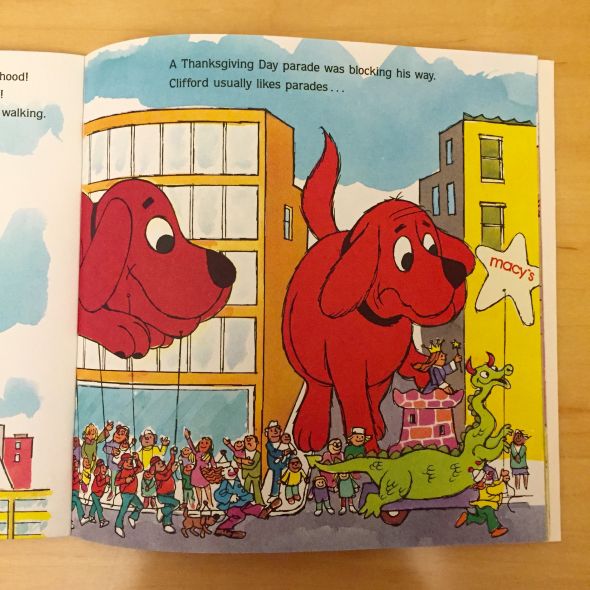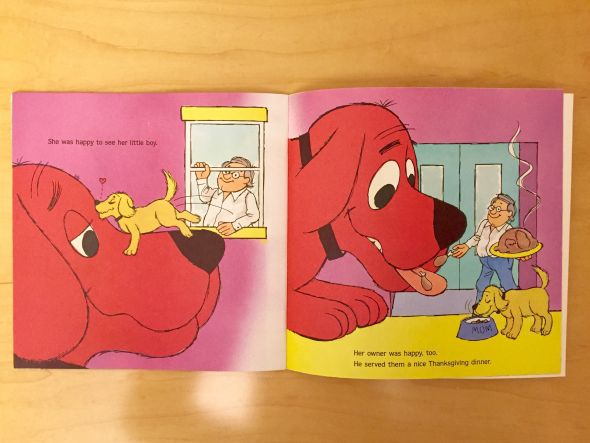For these Throwback Thursday posts, sometimes the inspiration is obvious. (Holiday books in December, scary books around Halloween.) But for others, sometimes the inspiration comes from the most unusual sources, like this week's post.
This week, we'll be looking back at some of the early works from author/illustrator Ezra Jack Keats. Best known for his 1967 title The Snowy Day, how did he come up in March? (If you're thinking, "It still snows in March in New York!" you are correct, however, currently it is 60 degrees as I'm tryping this.) It can all be traced back to the Library's Purple Cart of Mystery (trademark pending ... just kidding).
As you may remember from some of our posts back in the summer, Scholastic's New York headquarters is currently undergoing a renovation, and, as part of the construction, our librarians had to condense the Scholastic Archive. What this actually meant is that people were in our building's sub-basement for weeks at a time literally checking every book, magazine, poster, DVD, cassette, or et cetera that was on the shelves. Some things didn't have the correct catalog sticker, or didn't even have a sticker at all, and those items ended up on the Purple Cart of Mystery.
One of those books was Keats' Regards to the Man in the Moon; it ended up on the cart beceause it was missing a catalog sticker. However, it caught Deimosa's eye for a few reasons: first because it deviated from Keats's famous cityscapes, and secondly because it was published by Four Winds Press, one of our original imprints.
"This is ours?" (Meaning, Scholastic's.) "That's a big deal!" she thought. That led her to looking up other Keats titles published by our imprints, and there were a few! Here's what she found.
Skates!, 1973. From the book jacket:
Two pairs of discarded rollerskates and two curious and adventurous dogs combine to produce a zany romp on wheels with the two dogs sliding, skidding, and bumping across a downhill course that is chaos all the way.
A family of kittens in their path doesn't help the dogs' progress at all. Luckily no one is hurt but at the end of their adventure the two exhausted dogs must conclude that skating just may not be their sport!
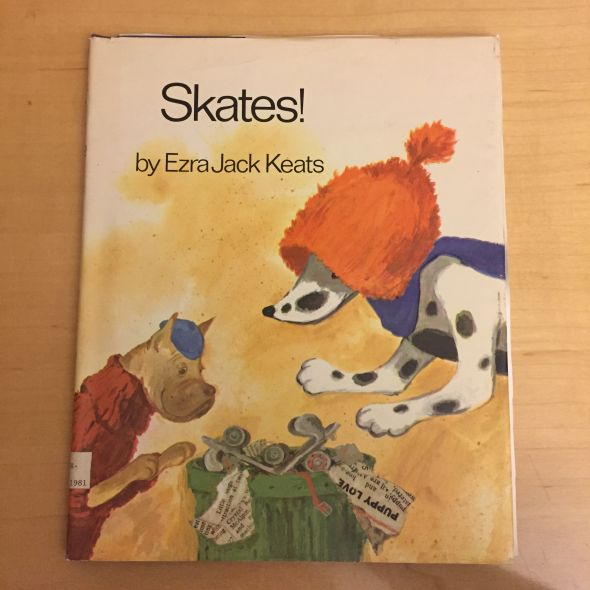
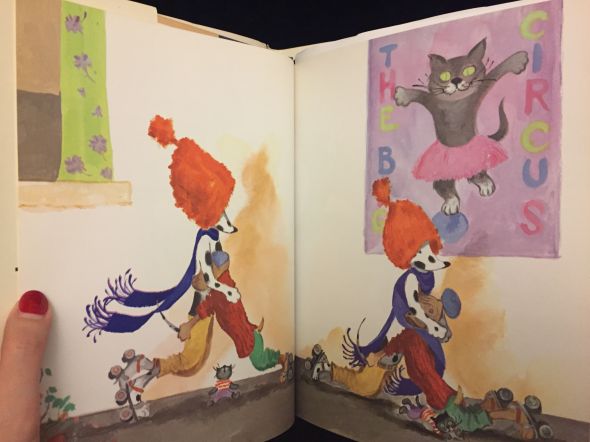
Kitten for a Day, 1974. From the book jacket:
Four playful kittens and a good-natured and friendly (but somewhat confused) puppy add up to a day of fun for all.
When the kittens invite the pup to join them in their play, not even a bumped nose and a little spilled milk can dampen his spirits. The pup's mother eventually takes him home, but not before he has found some new friends and the promise of another day of play lies before them.
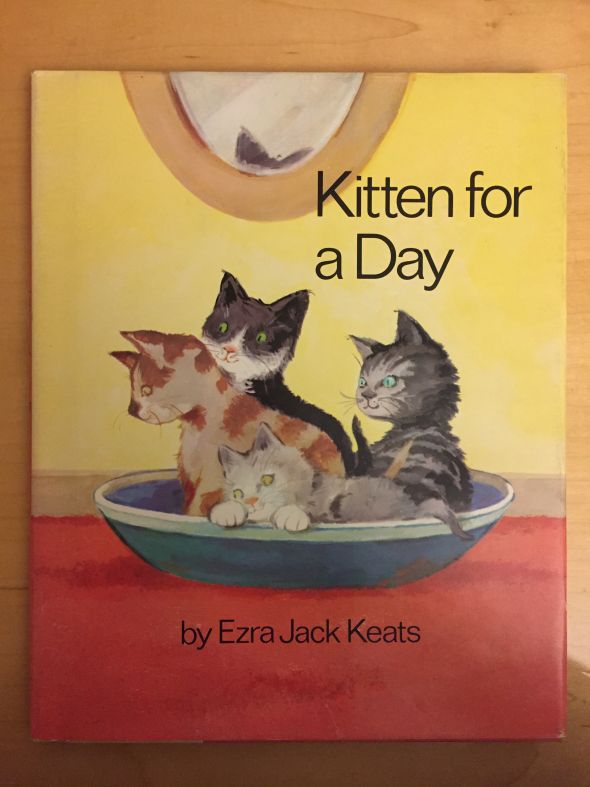
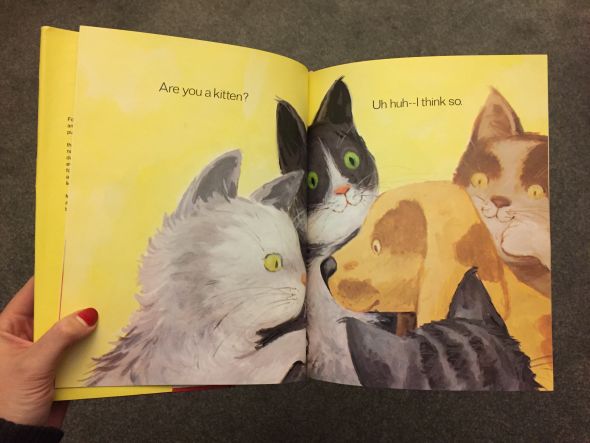
Maggie and the Pirate, 1979. From the book jacket:
Maggie had a pet cricket named Niki for whom Maggie's father had just built a beautiful new cage.
Maggie's days are spent paddling up and down the river on her raft, running errands for her mother, and playing with her friends, Katie and Paco. Niki frequently accompanies Maggie on her outings.
What happens on that fateful day with Niki is left behind and a mysterious stranger – the Pirate – makes his appearance in the community, is a story filled with adventure, leading to an unexpected and touching ending.
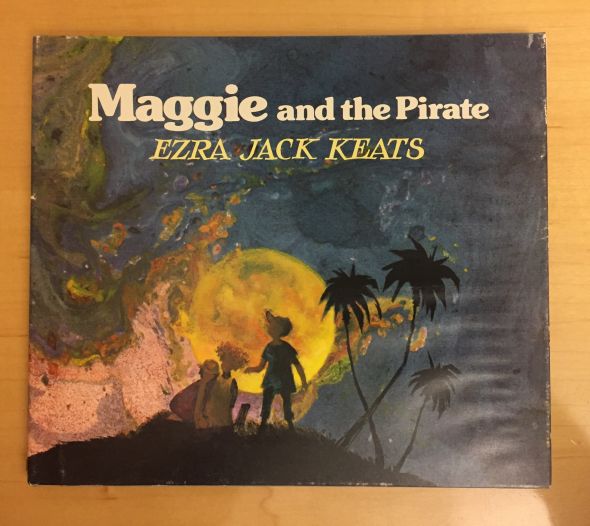
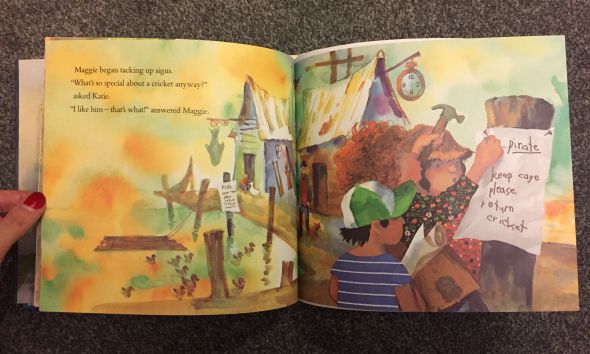
Regards to the Man in the Moon, 1984.
Louie learned all about imagination from his pop. According to him, "A little of that stuff can take you right out of this world!"
Louie and his parents started working on the idea. Soon Susie joined them. At first the other kids laughed at them – until they, too, realize what imagination can do!
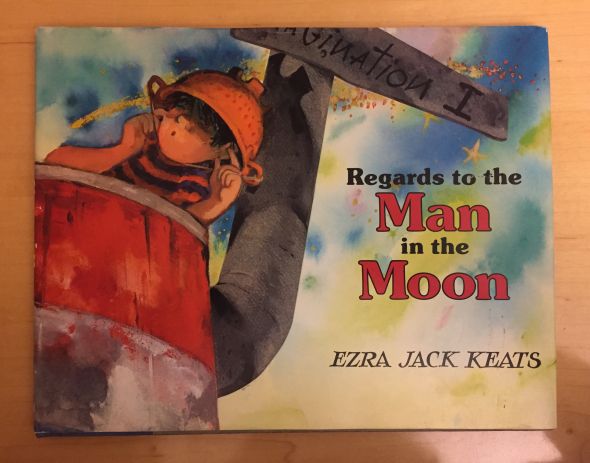
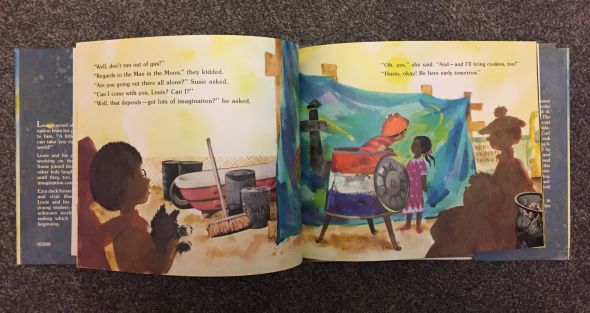
You'll notice that none of these books feature Peter, the little boy from The Snowy Day that appeared in a number of Keats' other books, however, Regards to the Man in the Moon does feature children of color.
And if you're wondering, don't worry – Deimosa and our librarians are carefully going through the Purple Cart of Mystery to make sure all the books find their correct spots on our shelves.
Special thanks to Librarian Deimosa Webber-Bey for her ongoing help with this series!


